The "Green Energy Multi-Energy Complementary" project will help the low-carbon transformation of Qingdao's district heating
On October 26, the Qingdao Municipal Bureau of Ecology and Environment released the "Qingdao Ambient Air Quality Review in September 2023". In September, the statistical results of Qingdao's ambient air state control points were: PM2.5The concentration is 18 μg/m3, PM10The concentration was 36 μg/m3, sulfur dioxide was 7 μg/m3, nitrogen dioxide was 25 μg/m3, carbon monoxide was 0.8 mg/m3, ozone was 166 μg/m3, PM10, sulfur dioxide, nitrogen dioxide, carbon monoxide concentrations have reached the national ambient air quality first-class standard.
According to data, in 2020 and 2021, Qingdao's air quality reached the national second-level standard for two consecutive years, and "Qingdao blue" has increasingly become the norm. In the 2021-2022 heating season, the air quality of Qingdao has improved significantly.
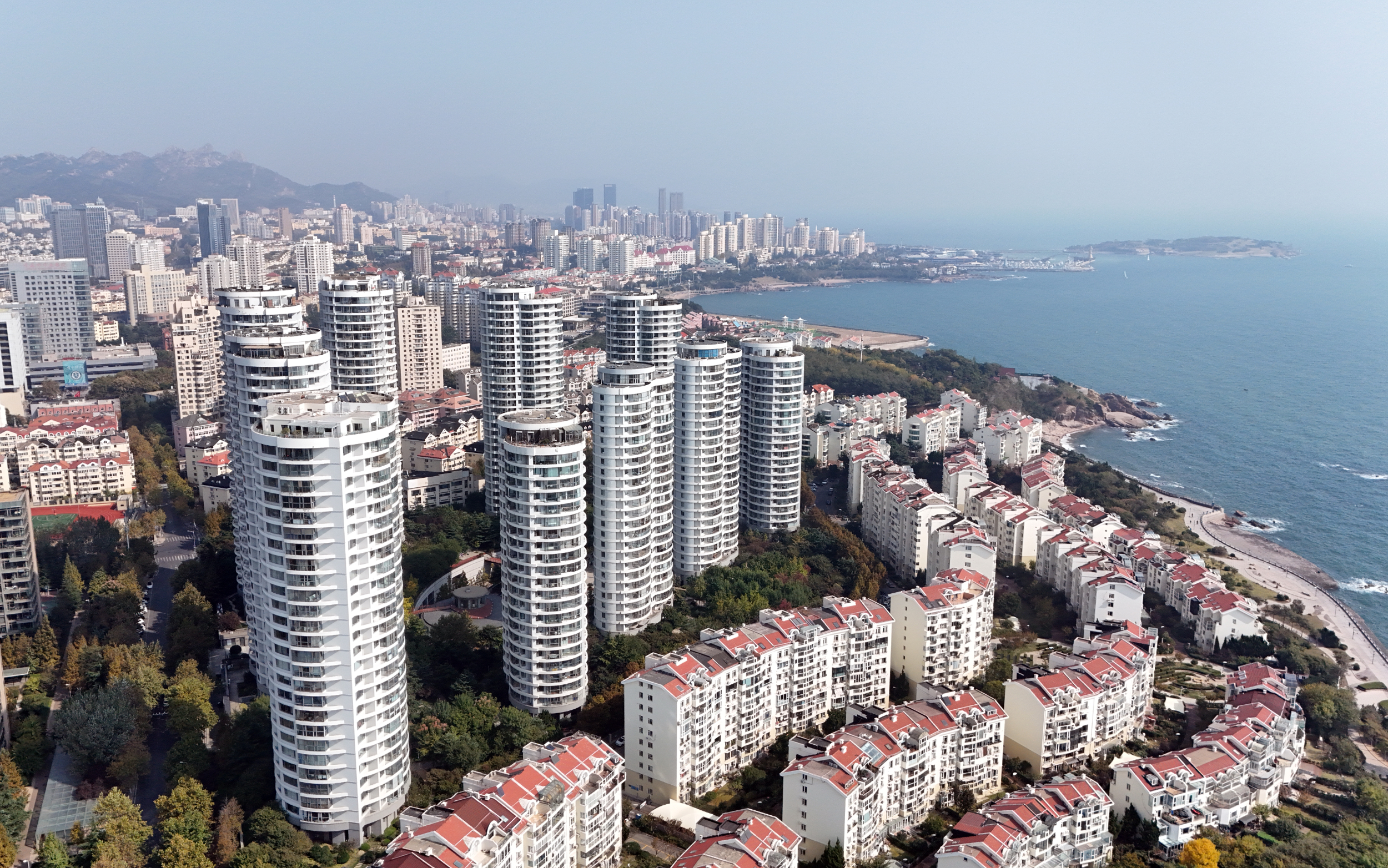
In September this year, the statistical results of Qingdao ambient air state control points showed that PM2.5The concentration is 18 μg/m3. The concentrations of sulfur dioxide, nitrogen dioxide and carbon monoxide have reached the first-class national ambient air quality standard.
In the 2021-2022 heating season (November 16, 2021 to April 5, 2022), the proportion of good days in Qingdao was 90.1%, an increase of 10.7 percentage points year-on-year;2.5the average concentration was 40 micrograms/cubic meter, an improvement of 13.0% year-on-year; PM10the average concentration was 69 micrograms per cubic meter, an improvement of 16.9% year-on-year; SO2the average concentration was 9 micrograms per cubic meter, an improvement of 18.2% year-on-year;
Qingdao SO2The improvement is more obvious, and the national ambient air quality is SO2The primary concentration limit is 20 micrograms/cubic meter, and the secondary concentration limit is 60 micrograms/cubic meter, which is the SO in the heating season in Qingdao2The concentration is far better than the national ambient air quality level 1 standard, of which the highest concentration is 19 micrograms/cubic meter, which also meets the national ambient air quality level 1 standard.
In September 2020, at the 75th session of the United Nations General Assembly, China pledged to "strive to peak carbon dioxide emissions before 2030 and achieve carbon neutrality before 2060". The "dual carbon" goal has become a key theme to promote China's green development. In order to help the country achieve the above climate goals, the Qingdao Municipal Government has formulated a low-carbon transformation plan that prioritizes infrastructure based on the local energy structure, resource endowment, climate conditions and geological conditions, so as to systematically promote the low-carbon development of Qingdao.
In 2012, Qingdao became the second batch of low-carbon pilot cities in China, and in 2013 it set a goal of "striving to peak carbon dioxide emissions by 2020". It is reported that Qingdao's low-carbon work has been promoted for 8 years, and its carbon emission intensity has been significantly reduced, and it ranks among the top low-carbon cities in the country.
As the largest coal consumer, Shandong province has poor air quality, especially in the winter when coal use is at its peak. In 2014, before the project was implemented, the average annual concentration of fine particulate matter (PM) in Qingdao was 84 micrograms per cubic meter, more than eight times the WHO recommended level. Because coal is easy to obtain and inexpensive, it has always been the main heat source for district heating. However, coal heating is a major cause of the increase in indoor and outdoor air pollution in winter. Worse air quality has the greatest impact on the elderly, the young, the sick and the poor. With the acceleration of urbanization, the city's heating demand grew at an average annual rate of 11% from 2011 to 2014. The residential and heating sectors account for one-third of all CO2 emissions. The reason for this is that the use of coal-based systems such as household stoves and small boilers, as well as centralized high-loss heat networks, is still widespread.
China's coal-fired district heating systems often result in room temperatures higher than comfortable or safe temperatures, resulting in significant energy losses due to the inability of heating companies to adjust heat supply in real time according to customer demand.
In 2013, the State Council issued an action plan for the prevention and control of air pollution, which includes reducing the use of coal and promoting natural gas and renewable energy. To this end, the Qingdao Municipal Government has formulated the "Outline of Qingdao Comprehensive Air Pollution Prevention and Control Plan", and decided not to build or expand coal-fired heating systems in the urban area. To reduce CO2 emissions, Qingdao needs to phase out coal-fired boilers and a centralized district heating network in favor of distributed systems with gas and other renewable energy.
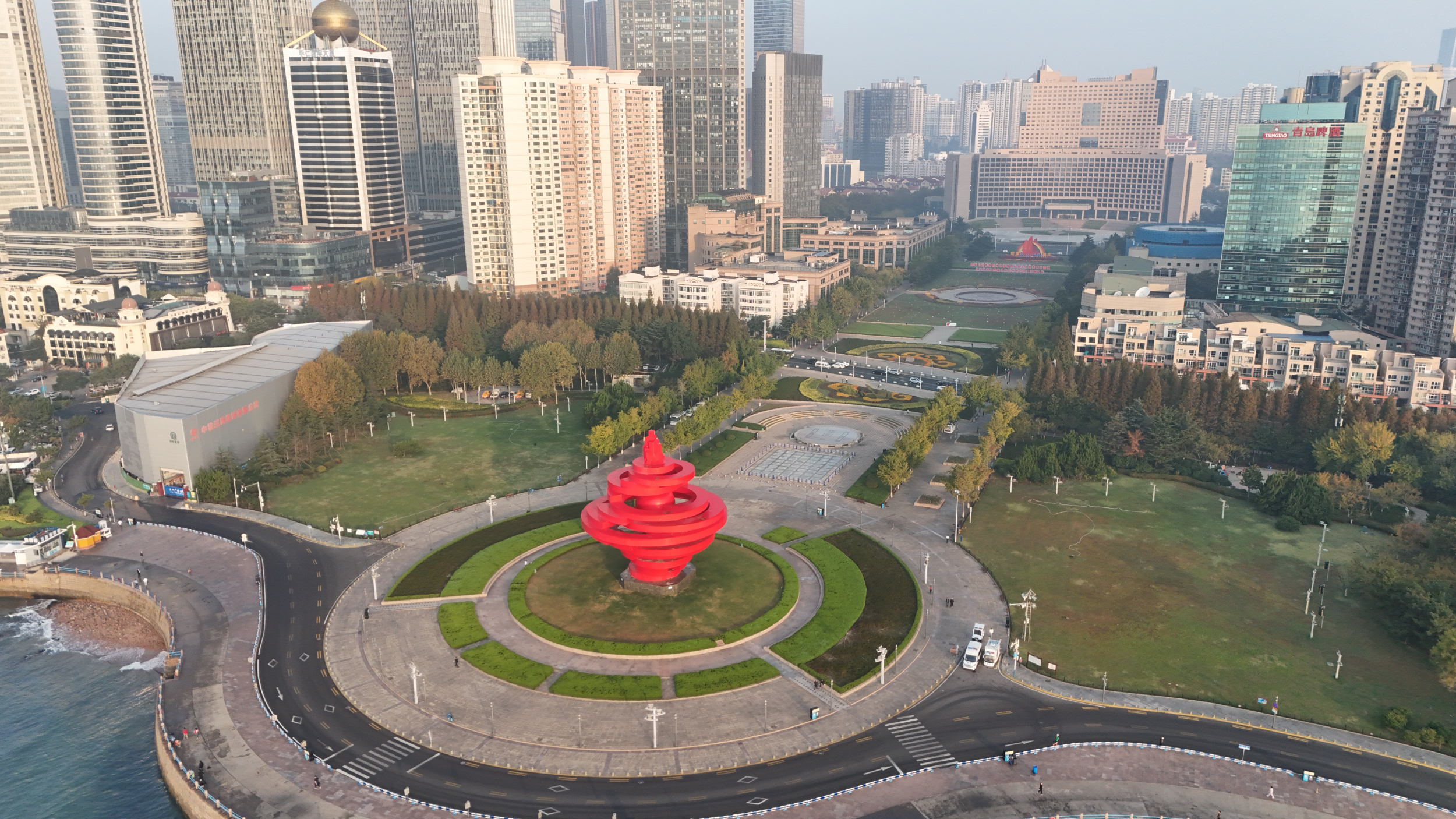
In Qingdao, the temperature can be as low as minus 17 degrees Celsius in winter. In the cold winter season, Qingdao has a huge demand for heating electricity, but it is heavily dependent on coal-fired power generation, and suffers from poor air quality.
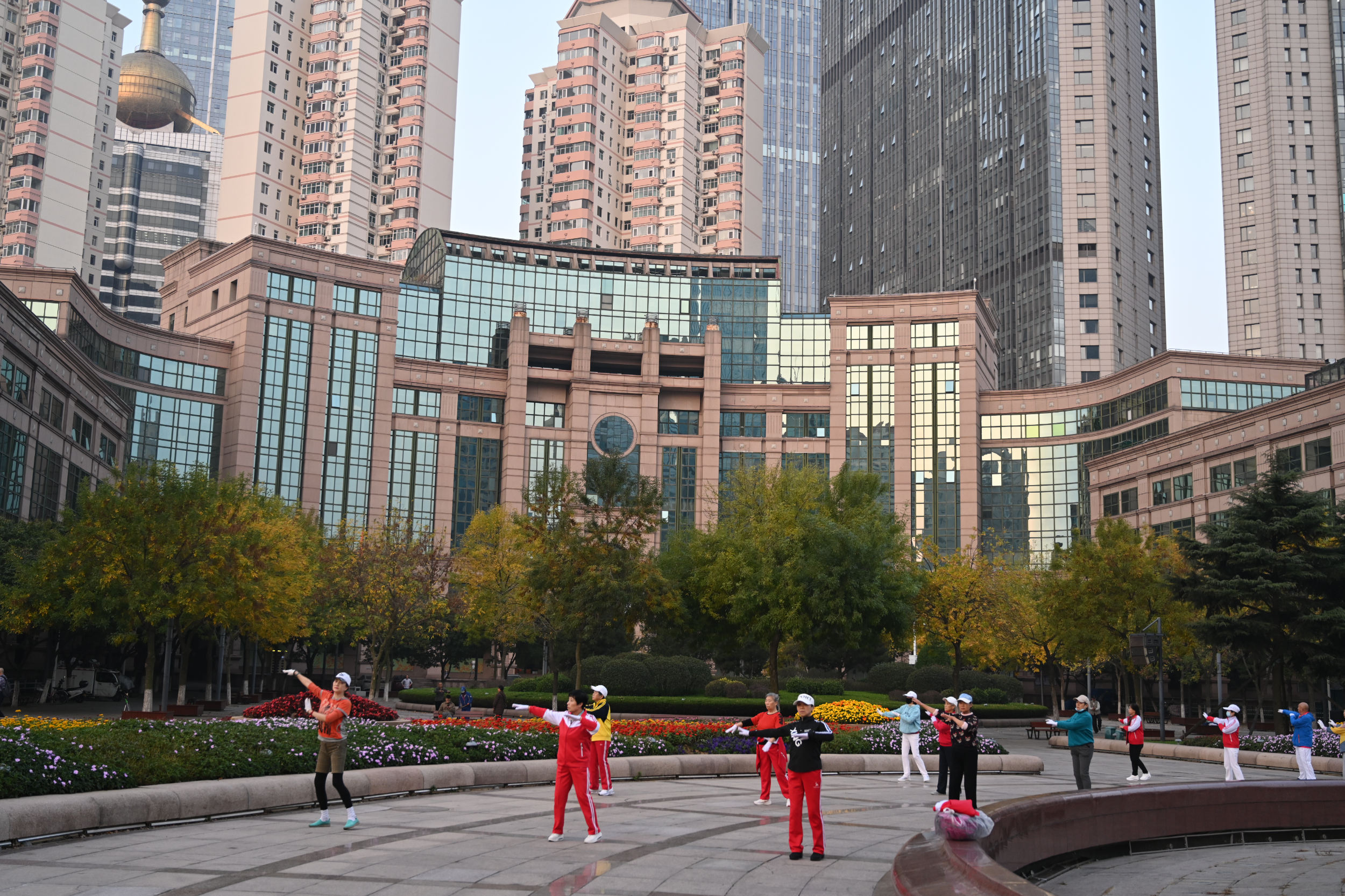
With the acceleration of urbanization, Qingdao's heating demand grew at an average annual rate of 11% from 2011 to 2014. The residential and heating sectors account for one-third of all CO2 emissions.
In December 2015, the Asian Development Bank (ADB) provided a $130 million loan to start the renovation and expansion of Qingdao's smart low-carbon district energy system.
ADB facilitated the sharing of knowledge between the Qingdao Heating Association and the Swedish Heating and Cooling Committee. Sweden is an international leader in the field of low-carbon and energy-efficient heating and cooling technology and energy policy and institutional development. The aim is to help Qingdao develop a regional energy policy and learn from regional energy technologies, innovative applications and best practices. Through the exchange of knowledge between the North and the South, the project began to take shape.
Qingdao has applied a non-coal-based energy system and a low-temperature heat distribution network, and is equipped with a district heating dispatching system for intelligent demand-side response. In addition, the city is gradually using natural gas, solar energy, thermal energy, shallow geothermal energy, and waste heat recovered from factories instead of coal for central heating, cooling, and power generation and distribution. The project has installed small gas boilers, sewage treatment plants, industrial waste heat recovery systems, heat pump systems, solar heating systems, heat storage systems and low-temperature pipelines in some areas of the city. Among them, the intelligent energy management system can respond to different needs in real time and optimize the energy supply.
"In those years, every winter heating, 44 coal-fired boilers in the main urban area of Qingdao were fully opened. The environmental problems caused by heavy truck transportation, cinder spillage, chimneys and coal yards caused by coal-fired heating are very prominent. Today, that sight is gone. Xu Bing, general manager of Qingdao Energy Group, said. He introduced that by the end of this year, Qingdao's "coal-to-gas" project will be fully completed, which is the second city in northern China to realize all the "coal-to-gas" cities in the main urban area after Beijing, and will reduce coal by 1 million tons and carbon emissions by 850,000 tons in Qingdao.
Lu Lanlan, Senior Project Officer of the Asian Development Bank's East Asia Bureau, said that the Qingdao Smart Low-Carbon District Heating Project was designed with the aim that in the process of phasing out coal-fired power plants, a single clean energy source alone could not meet the growing heat load demand of Qingdao and the overall low-carbon transformation of urban heating. Therefore, the combination of clean energy and renewable energy is a solution to promote the low-carbon transformation of Qingdao's heating system, which is crucial to promoting Qingdao's carbon peak and carbon neutrality.
"It is challenging for this ADB-supported project to play a strategic role in Qingdao's low-carbon transition pathway, helping to improve local air quality while making Qingdao's district heating system more low-carbon and environmentally friendly, and achieving affordable economies of scale." Lu Lanlan said.
While the city still relies on natural gas for district heating, the ADB-supported Qingdao Smart Low-Carbon Heating Project demonstrates zero-carbon heating at the Qingdao Olympic Sailing Center (Olympic Sailing Center) – meeting the region's additional heat load demand without using fossil fuels. The Olympic Sailing Center module of Qingdao Intelligent Low-carbon Heating Project takes "distributed green energy and multi-energy complementarity" as the core, and comprehensively uses clean energy technologies such as seawater source heat pumps, solar photovoltaics, wind energy, air source heat pumps, sewage source heat pumps, and industrial waste heat recovery to heat and cool the entire community of the Olympic Sailing Center. In 2022, the Olympic Sailing Center was recognized by China's Ministry of Housing and Urban-Rural Development as the country's first "zero-carbon community".
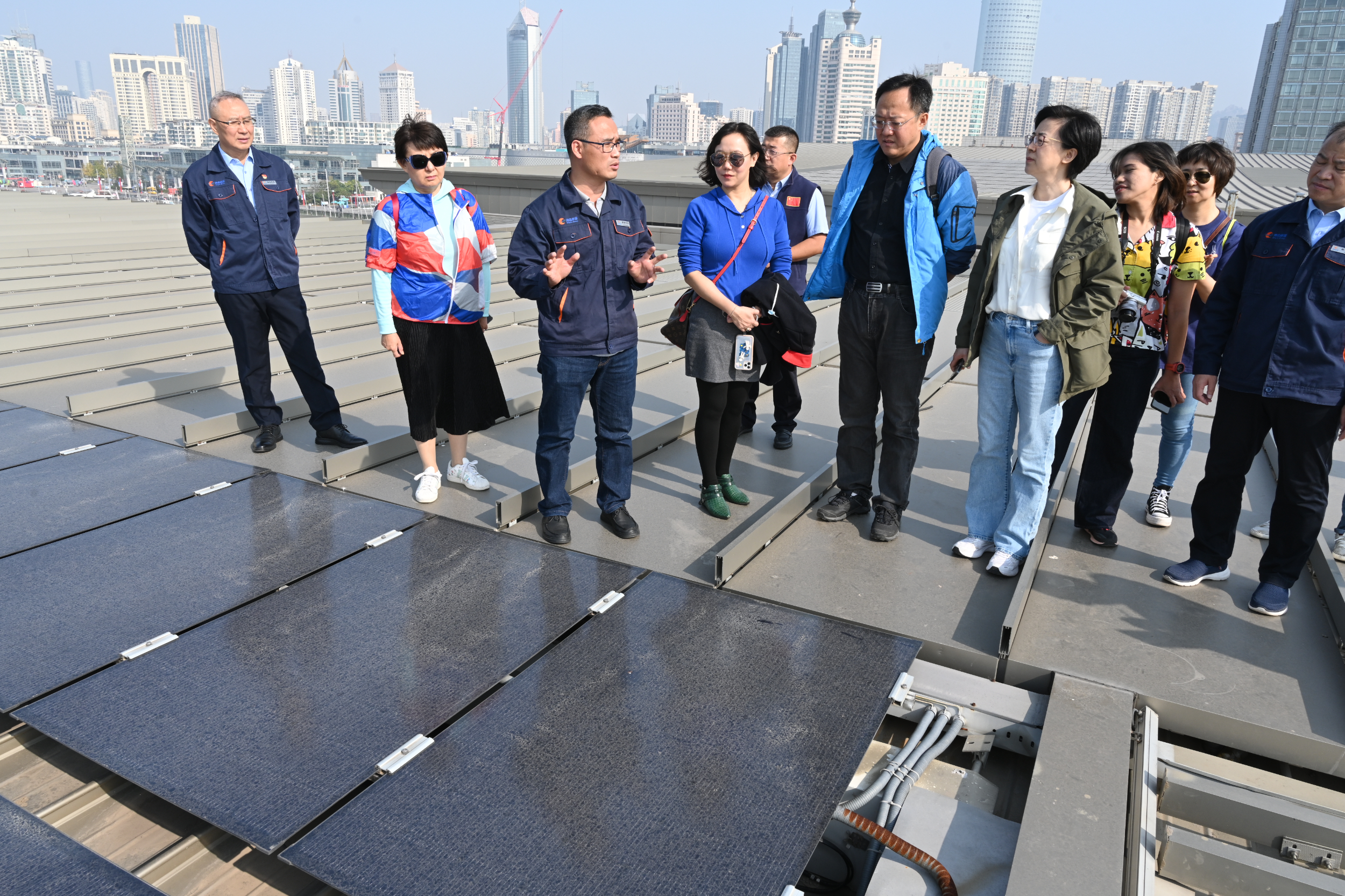
To reduce CO2 emissions, Qingdao needs to phase out coal-fired boilers and a centralized district heating network in favor of distributed systems with gas and other renewable energy. A loan agreement was signed in April 2016 with a total investment of RMB 1.68 billion, funded by an ADB loan ($130 million) and domestic matching funds.
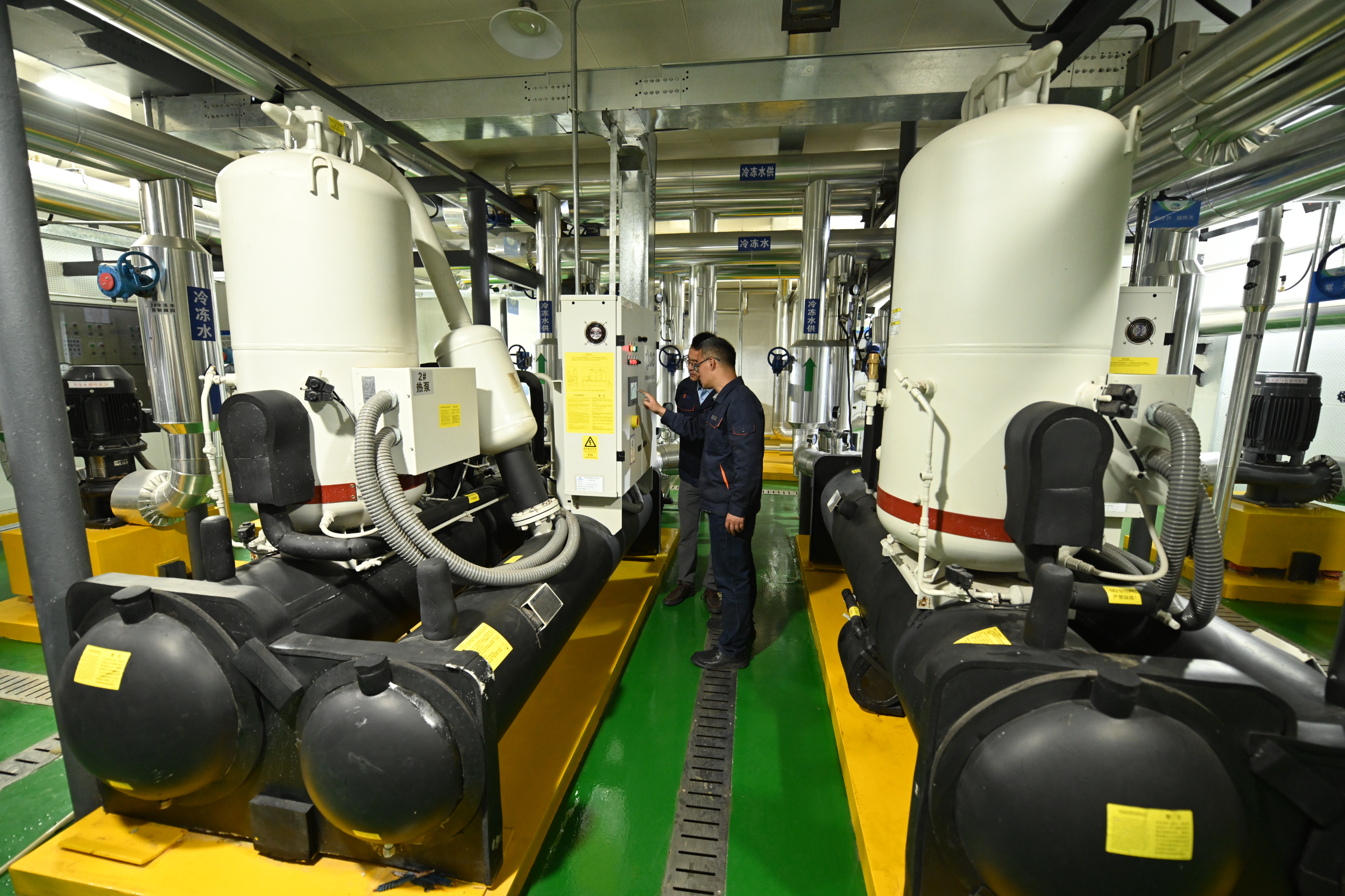
Qingdao is gradually using natural gas, solar energy, thermal energy, shallow geothermal energy and waste heat recovered from factories to replace coal for central heating, cooling, power generation and distribution.
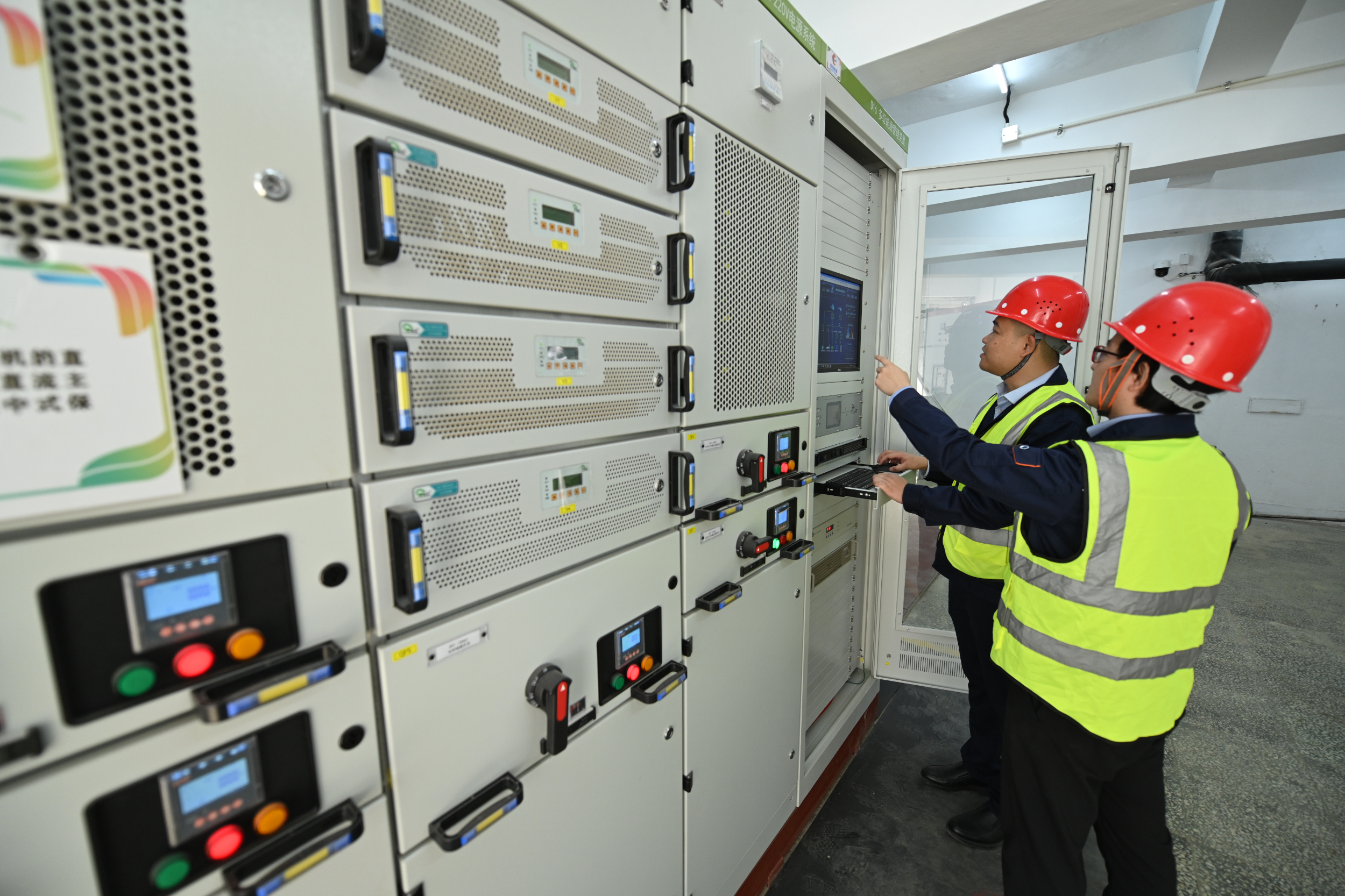
In the design process, the project took into account that in the process of phasing out coal-fired power plants, a single clean energy source alone could not meet the growing heat load demand of Qingdao and achieve the overall low-carbon transformation of urban heating. Therefore, "multi-energy complementarity", that is, the combination of clean energy and renewable energy, has become a solution to promote the low-carbon transformation of Qingdao's heating system.
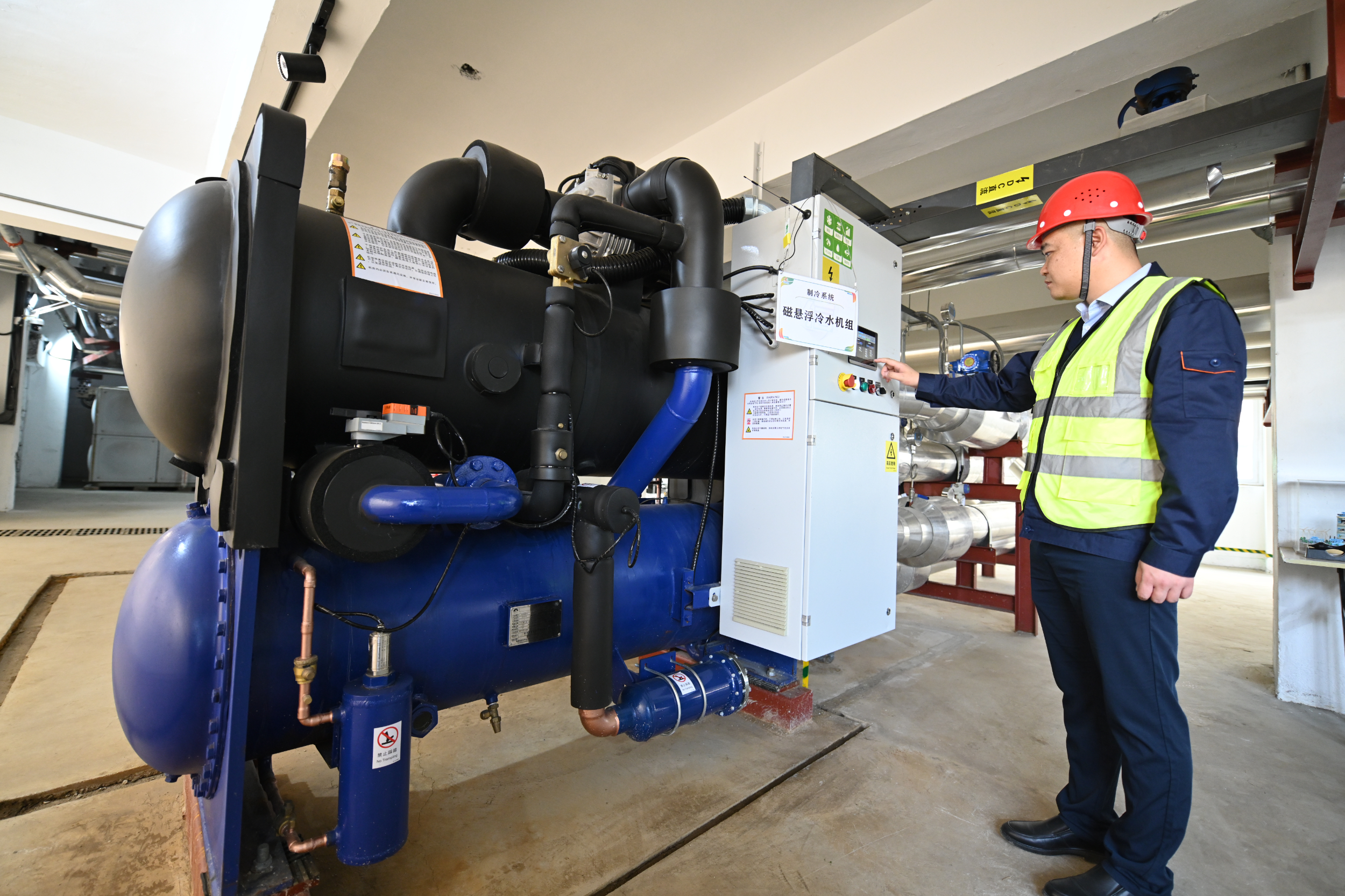
The project has installed small gas boilers, sewage treatment plants, industrial waste heat recovery systems, heat pump systems, solar heating systems, heat storage systems and low-temperature pipelines in some areas of the city.

The intelligent energy management system can respond to different needs in real time and optimize the energy supply.

Natural gas, solar, thermal, shallow geothermal and waste heat recovered from plants are gradually being used instead of coal for central heating, cooling, power generation and distribution.
In addition to the leading low-carbon heating and cooling technology, the project also applies a heating dispatching system with real-time intelligent demand measurement and response. The system automatically responds to the demand side according to the comfort of the user, quickly adjusts the supply of cold and heat, and greatly strengthens energy conservation and emission reduction. Since the Qingdao Olympic Sailing Center was put into operation in 2022, it has been able to directly save about 3.03 million kWh of electricity, 22,000 GJ of heat, 5,500 standard cubic meters of gas, and 8,663 tons of carbon emissions every year. During the implementation of the project, the owner (Qingdao Energy Group) was also supported to learn from European countries and learn from advanced low-carbon district heating technologies, including real-time demand-side demand response, carbon emission trading mechanism and voluntary emission reduction. Through project design, intelligent distributed clean energy technology and innovative application of environmentally friendly materials, innovative solutions have greatly contributed to CO2 emission reduction. The project also taps the huge potential of the comprehensive utilization of multiple energy sources for climate change mitigation through the pilot of clean energy multi-energy complementarity.
Qingdao has broken the traditional central heating model and realized a regional new energy system with multi-energy complementarity and multi-energy co-supply. Through the implementation of the project, it has also promoted the transformation of thermal power enterprises from a single heating enterprise to heating, cooling, gas and power supply (power generation), which can effectively prevent and control pollution and protect the natural environment.
The 27 new gas boilers built in Qingdao according to the design concept of "de-industrialization" have achieved deep integration and harmonious coexistence with the surrounding environment. In the past, the scene of smoke emitting from the chimney in winter in Qingdao urban area is gone, and the atmospheric environment has been significantly improved. At the end of October, it will be ready for operation, and will provide community residents with a good place for leisure, entertainment, sports and fitness. For the people in the community, this is the most direct feeling brought by the "coal-to-gas" policy.

The photovoltaic power generation system installed on the roof of the Qingdao Olympic Sailing Center International Conference Center will generate an average of about 821,600 kWh per year. Reduce 224 tons of standard coal and 580 tons of carbon dioxide emissions every year.

In September this year, the statistical results of Qingdao's ambient air state-controlled points showed that the indicators reached the first-class national ambient air quality standard. In the past, the scene of smoke emitting from chimneys in winter in Qingdao urban area is gone, and the atmospheric environment has been significantly improved.
"The core of the ADB-financed project is to replace the original coal-fired traditional heating facilities in Qingdao through the construction of green and low-carbon heating infrastructure, so as to achieve the transformation of the energy structure, the improvement of the atmospheric environment and the sustainable development of the heating industry, which is highly consistent with the country's energy revolution and 'dual carbon' goals." Ding Ruiping, Deputy General Manager of Qingdao Energy Group, said that in addition, ADB's loan interest rate and repayment period are relatively favorable, which is of positive significance for project construction, promoting the transformation of Qingdao's energy structure and improving the atmospheric environment.
Through cooperation with ADB, Qingdao Energy Group has established an international energy technology exchange and cooperation platform. Focusing on environmental sustainable development and promoting the application of low-carbon and zero-carbon technologies, Qingdao Energy Group has learned and shared rich experience in coping with and mitigating climate change, and has cultivated a group of management talents with high professional quality and strong sense of responsibility, which is conducive to the construction of energy projects and the improvement of financing business.







